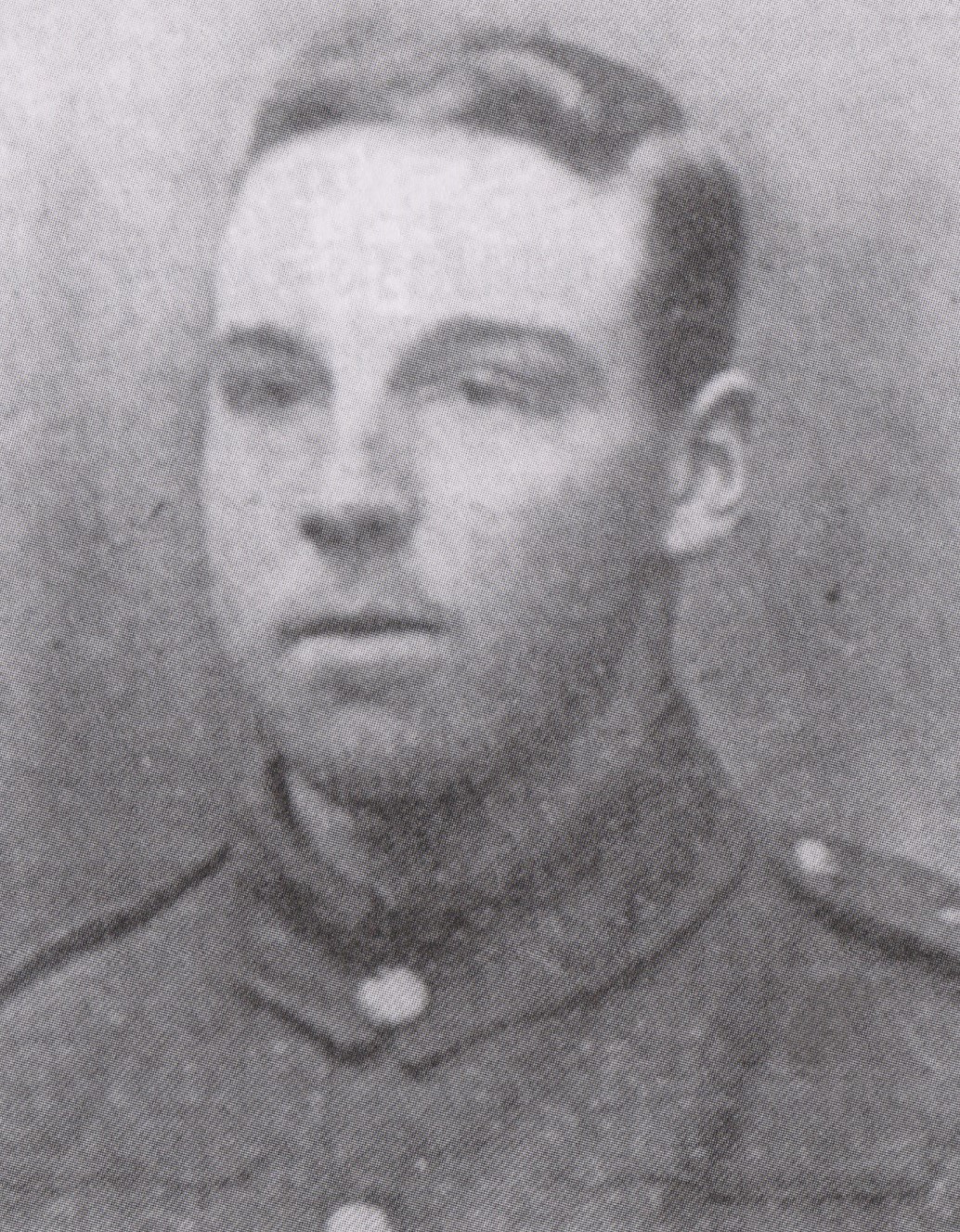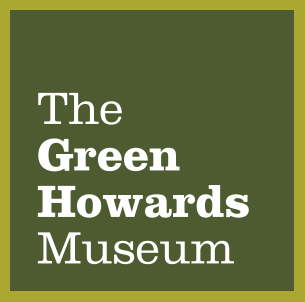
John was born in 1896 in Leyburn North Yorkshire. In 1900 the family moved to Burtersett near Hawes where John’s father Jeremiah worked as a stonemason at the local quarry. John had two younger brothers, Anthony and George. On leaving school John also worked at the quarry. In February 1916 he had married a local girl, Jane Ann Dinsdale.
By the time of his wedding John was with the 4th Battalion The Yorkshire Regiment, having enlisted at Askrigg in October 1915. John embarked for France in April 1916. The Battalion would not take part in the Somme offensive until September 15th with the eventual plan for the 26th was for the Battalion to attack and capture German trenches running from Flers. It was during the German counter attack that the Battalion suffered heavy casualties, one of which was John. His body was never found and it wasn’t until early 1917 that his wife Jane was officially notified that her husband had been killed. By the time of his death Jane had given birth to a child.
Private John William Horn’s name is commemorated on the Thiepval Memorial.
Explore more memories from the ribbon
-
Lt Turnbull
Sumbitted by John Young. My great uncle David Stevens Gibson Turnbull, the elder brother of my grandmother, was born in Edinburgh on 7th September 1890. Educated at The Edinburgh Academy and Uppingham School he went on to Edinburgh University. There he learned to fly, although he did not qualify as a pilot at that stage. He married early in 1914 and emigrated to Australia where he planned to start life in Harvey, West Australia, as a fruit farmer. However, following the outbreak of war on 4th August 1914, he returned to Scotland to fight for his country. Initially he joined the Black Watch as the family had strong connections with my home town of Auchterarder in Perthshire. He was posted to 3/6th Battalion one of the sister battalions to that in which his brother-in-law (Major TE Young) was already serving. However, he had the flying bug and on 25th March 1916 he joined the Royal Flying Corps. He initially trained as an Observer but after a short period with No3 squadron RFC in France he returned to train as a pilot. He gained his pilot’s licence at Shoreham on 5th June 1916. He joined No 10 Squadron RFC, equipped with BE 2c aircraft, on 8th July 1916 and a few days later made his first operational sortie. He flew on operations for the next 7 months; engaged in artillery spotting, light bombing and aerial photography. Having survived this operational tour he was posted back to England for duty as a…
-
Captain Frank Woodcock
Captain Frank Woodcock 5th Battalion of the Yorkshire Regiment Captain Woodcock, who was only 22 years of age, was the youngest son of John and Elizabeth Woodcock of Driffield Yorkshire. He was killed in action during an assault on the 15th of September 1916. Frank was one of 6 children having 2 brothers and 3 sisters, the family must have been “comfortably off” because the 1901 census records his father as “living on his own means” and they had a servant called Margaret. He was educated at Bridlington School, where he was in the Officer Training Corps (O.T.C.). He became a Second Lieutenant in a Territorial Battalion in December 1912. He was promoted Lieutenant in April 1914 and then to Captain in May 1915. The Regimental Gazette recorded his death as follows: “The death of Captain Woodcock deprives his battalion of a very capable Company Commander and a very popular Officer. Despite his youth, he very soon proved himself an Officer of much resource and dauntless courage. He was wounded when wiring in front of the trenches in July 1915, and returned to France in January 1916 when he succeeded to the command of a Company. It was in this capacity that he showed himself a cool and capable Commander with great initiative and pluck, always setting a fine example to his men when any dangerous work had to be performed. He was twice mentioned in despatches. Captain Woodcock is buried at Flatiron Copse cemetery in France.
-
Joseph Stoney
Information from Judith Farrar which relates to her husband Don’s great-uncle. Joseph Stoney’s occupation before the war as a stonemason, a skilled trade which places strenuous demands upon the worker’s hands. This was of some consequence following his attempt to enlist at the start of the First World War. He had previously been a territorial soldier with the West Yorkshire Regiment and when war broke out he naturally offered his services to his former regiment. His record shows that he was accepted, but that after only sixteen days he was discharged. The medical discharge paper records ‘Deformity of both thumbs, rheumatoid arthritis. Loss of gripping power. General debility.’ This judgement is reinforced by a second comment in a second hand, ‘Not likely to become an efficient soldier.’ This judgement did not deter Joseph from trying again, as his medal card attests. He managed to join the 1st Battalion, Yorkshire Regiment as 21581 Private J Stoney and was awarded the British War medal. Unfortunately John died either on the way out to India where the battalion was stationed, or when returning on leave. John died from dysentery on 10 May 1917 and is buried in the Cape Town (Maitland) Cemetery. His headstone appears to record the correct regimental number, but displays the West Yorkshire badge, rather than the Yorkshire Regiment.
